"I have had gout for several years and have had to take medication regularly. Recently, I went on a trip and was lazy to take medication, and I ate high-protein foods, so the joint pain returned," holding the medical examination results in her hand, PN (30 years old, living in Ho Chi Minh City) sighed softly.
Looking back a few years ago, N.'s life after work almost revolved around drinking with friends and partners. One night, he was awakened by a sharp pain in his big toe.

Continuous drinking parties can be one of the risks causing gout in many men today (Photo: Contributor).
The pain came suddenly, sharp as if someone had used a needle to prick his toe joint. N.'s big toe was red, swollen, hot and sensitive to the point that even the slightest touch made him wince. He tried to endure it, thinking it was just from walking too much on the construction site. But the next morning, the pain did not subside, but spread to his foot joint, making it difficult for N. to walk.
Initially, he bought painkillers at a nearby pharmacy, but the symptoms did not improve. The pain came in waves, especially at night, causing N. to lose sleep. He noticed that other joints such as his ankles and knees were also starting to swell slightly and become stiff, limiting his mobility.
Worried, N. went to the hospital and was diagnosed with gout. Blood tests showed that his uric acid levels were too high, far exceeding the safe level. The doctor warned that if left unchecked, gout could cause permanent joint damage, form hard lumps around the joints, and even impair kidney function.
At this time, N. was startled to remember an elderly relative who had deformed joints due to gout that was not treated promptly. He then began to change his lifestyle.
Men's disease
Gout was once considered a disease of the elderly, especially middle-aged men. However, in recent years, the rate of young people with gout, especially those between the ages of 25 and 40, has been increasing. This is no longer a rare phenomenon but has become a worrying concern in the medical community.
According to Dr. Kieu Xuan Thy, University of Medicine and Pharmacy Hospital, Ho Chi Minh City - Branch 3, gout joint pain in young people not only affects the quality of life but also carries many risks of joint and kidney damage if not diagnosed and treated promptly.

Gout causes initial joint pain in the feet (Photo: Getty).
According to a study published in the medical journal Lancet in 2020, men are 3.26 times more likely to develop gout than women.
One of the main reasons why women are less susceptible to gout than men is related to differences in physiological and hormonal characteristics.
Specifically, the level of uric acid in the blood of men is usually about 60 µmol/L higher than that of women. This comes from the fact that men's bodies metabolize purines - the substances that create uric acid - faster, while the ability to eliminate uric acid through the kidneys is not superior to that of women.
In particular, in women of reproductive age, the hormone estrogen plays an important role in promoting the kidneys to excrete uric acid more effectively. Thanks to that, the uric acid concentration in their blood is often kept low, reducing the risk of gout.
However, when entering menopause, the sharp decline in estrogen weakens the ability to excrete uric acid, leading to an increased risk of gout in older women. This is why gout is rare in women before the age of 50, but the incidence of the disease increases significantly after menopause.
Gout is getting younger, what is the cause?
Doctor Thy gave statistics that worldwide , about 10-15% of people with gout have a genetic factor in purine metabolism disorder. However, genetic factors often only play a fundamental role, it is diet and living environment that trigger the disease.
One of the main reasons why young people are susceptible to gout is due to an unhealthy modern lifestyle.
The habit of eating a lot of red meat, seafood, alcohol, carbonated soft drinks and fast food rich in purines are the leading factors that promote the increase of uric acid in the blood.
"Unlike the previous generation with a simple lifestyle, young people today are often exposed to industrial foods and partying habits, leading to earlier metabolic disorders," Dr. Thy emphasized.
In addition, lack of exercise and being overweight also contribute to increasing the risk of gout in young people.
When there is little movement, the function of metabolism and excretion of uric acid through the kidneys decreases. Combined with the habit of sitting for long periods, prolonged stress and inadequate sleep, the entire metabolic system of the body is disrupted. Gout is no longer just a consequence of aging but has become a manifestation of a consequence of an industrialized lifestyle.
In many cases, young people are subjective and do not go for regular health check-ups, do not pay attention to symptoms such as big toe pain, mild joint swelling, until an acute gout attack occurs with serious symptoms and then discover that the disease has progressed.
Notably, gout pain in young people often recurs easily, progresses rapidly and tends to damage the kidneys early if uric acid is not well controlled. There are many cases where people are only 30 years old but have tophi around the joints, joint deformities or kidney stones due to urate.
To prevent and control gout in young people, early intervention is needed by adjusting diet, exercising regularly, avoiding alcohol abuse, maintaining a reasonable weight and having regular health check-ups to check blood uric acid levels.
In addition, the combination of Western medicine treatment with traditional medicine measures such as acupuncture, massage, and the use of herbs to clear heat and eliminate dampness also helps improve effectiveness and enhance the quality of life for patients.
Source: https://dantri.com.vn/suc-khoe/mot-can-benh-cua-nam-gioi-dang-tre-hoa-20250802140558615.htm






![[Photo] Prime Minister Pham Minh Chinh chairs meeting to deploy overcoming consequences of storm No. 10](https://vphoto.vietnam.vn/thumb/1200x675/vietnam/resource/IMAGE/2025/10/3/544f420dcc844463898fcbef46247d16)

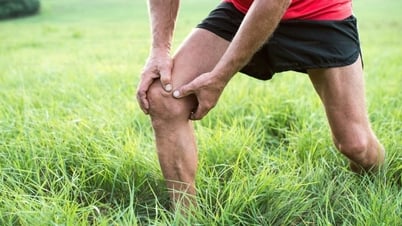
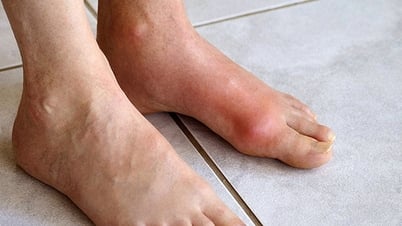



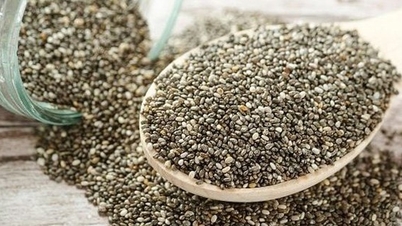




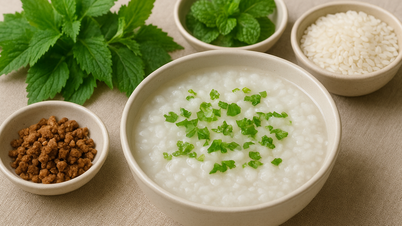


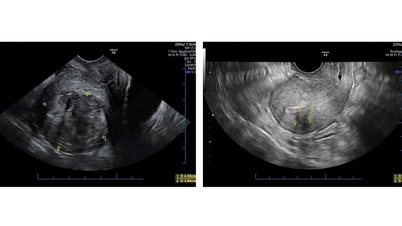













![[Photo] Binh Trieu 1 Bridge has been completed, raised by 1.1m, and will open to traffic at the end of November.](https://vphoto.vietnam.vn/thumb/1200x675/vietnam/resource/IMAGE/2025/10/2/a6549e2a3b5848a1ba76a1ded6141fae)




































































Comment (0)